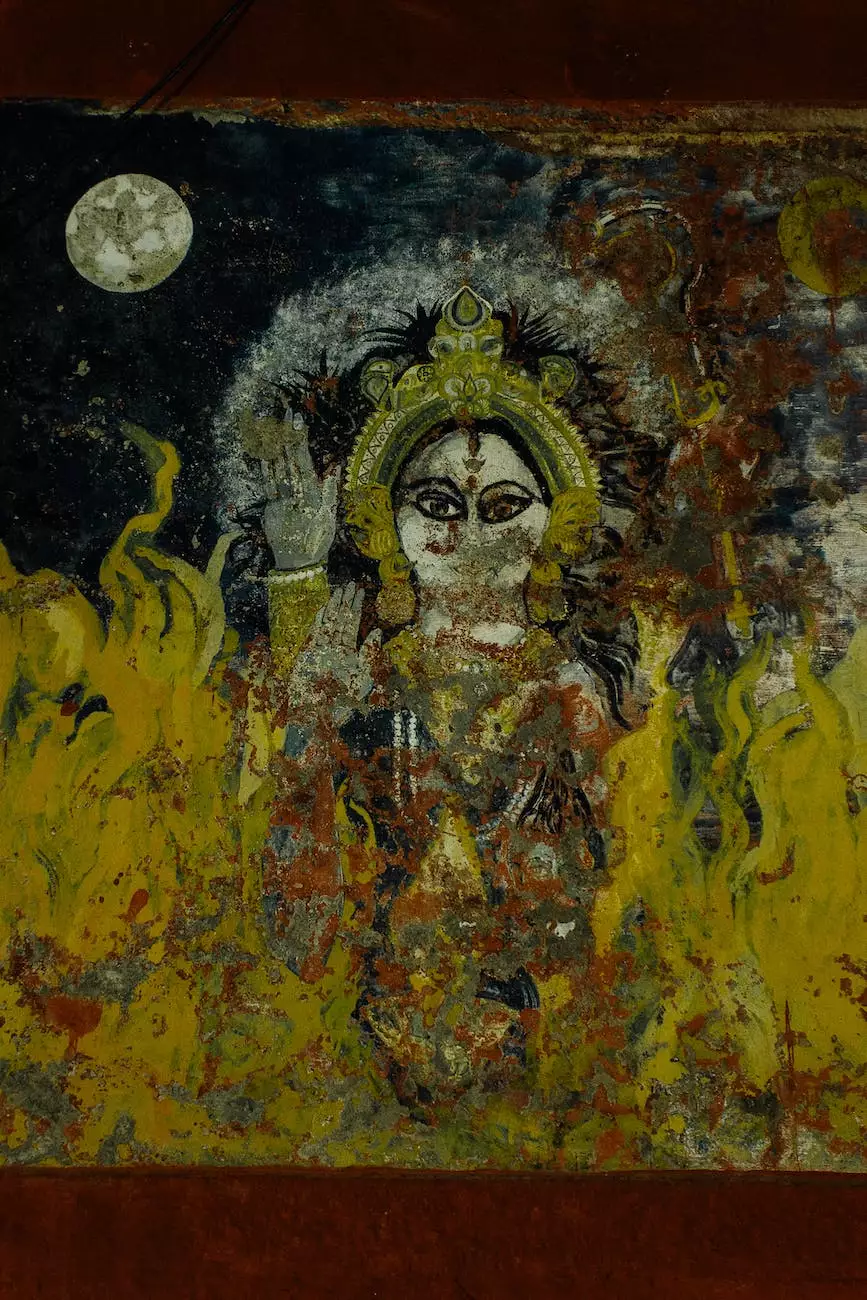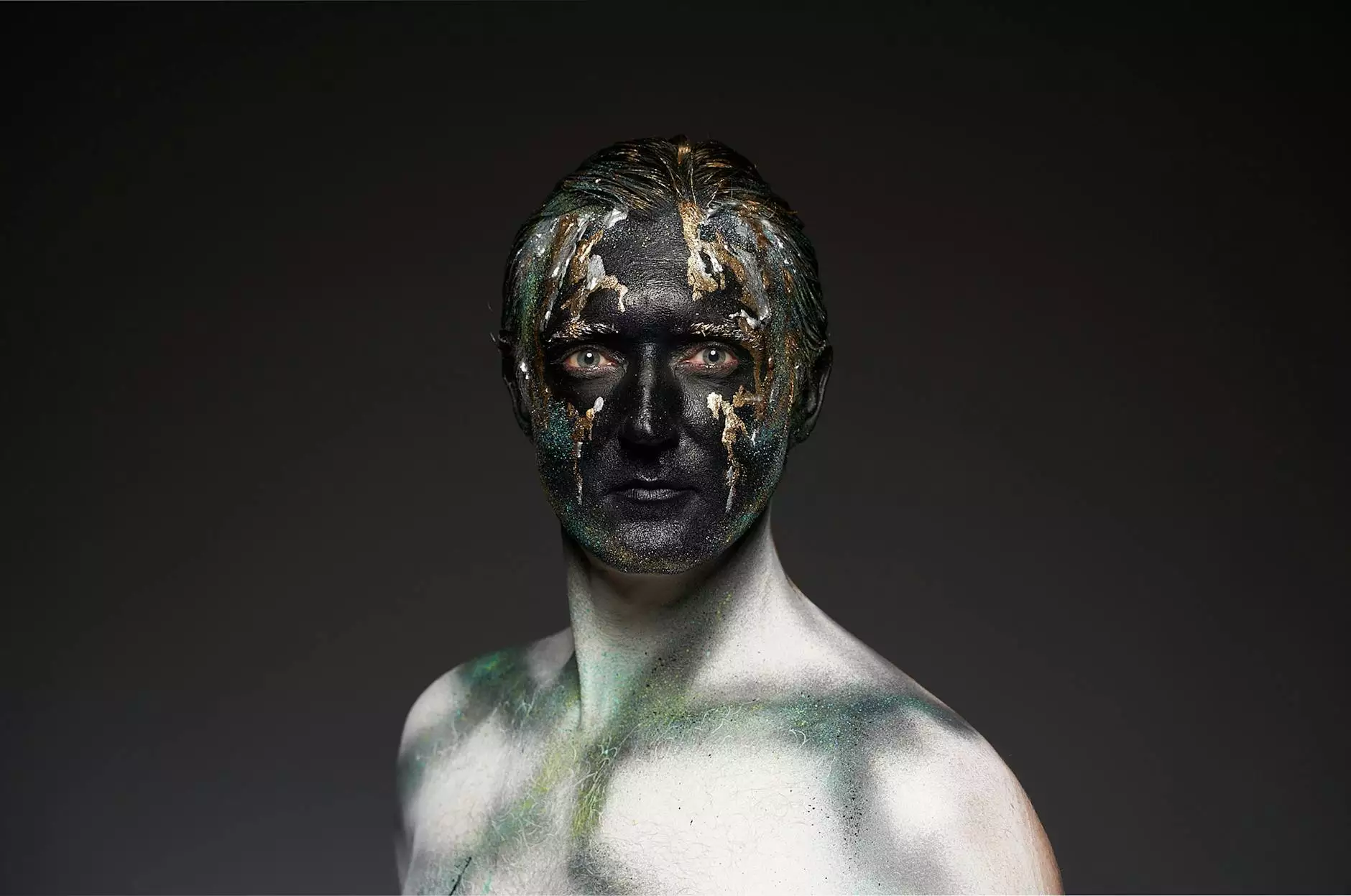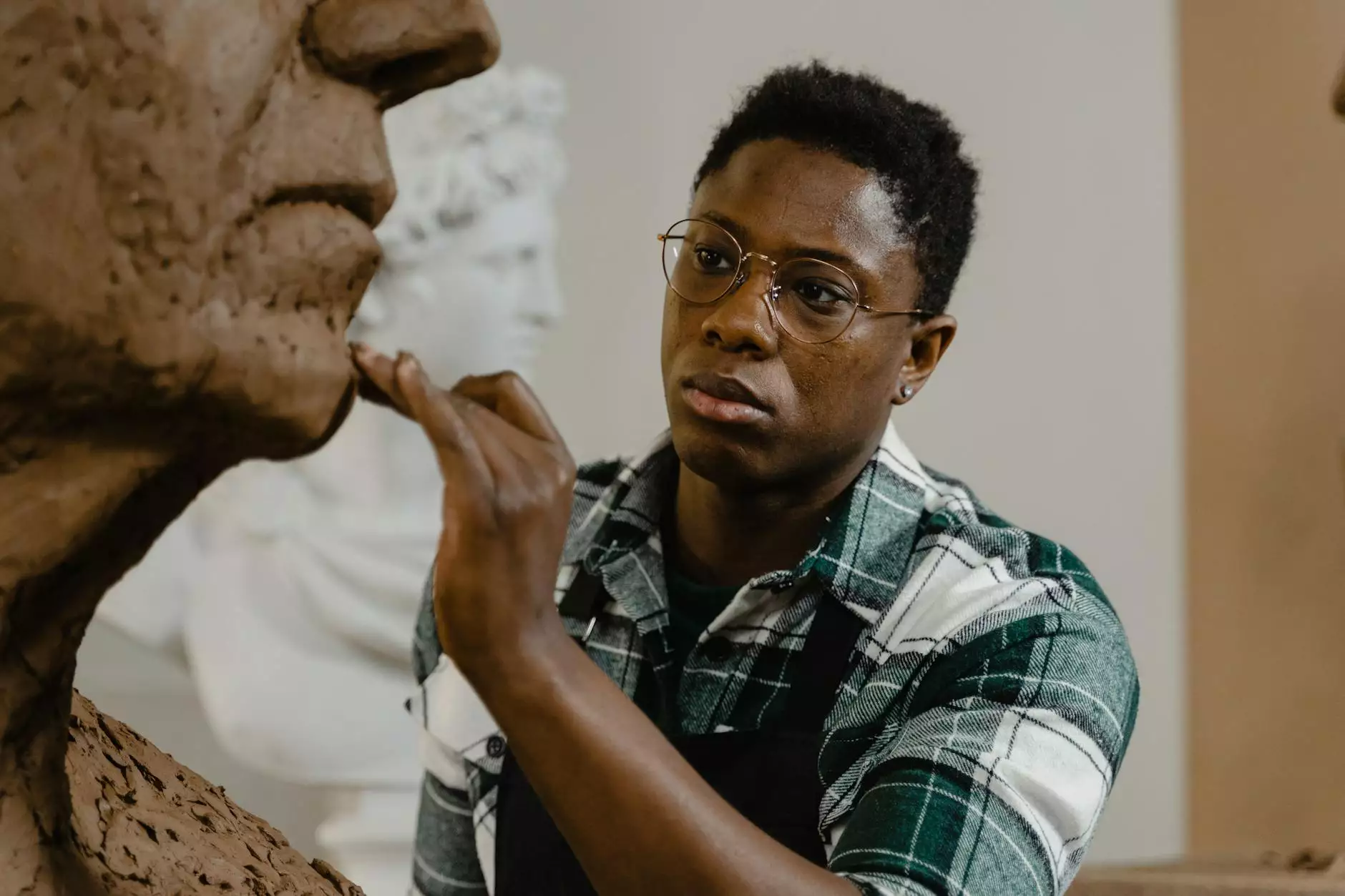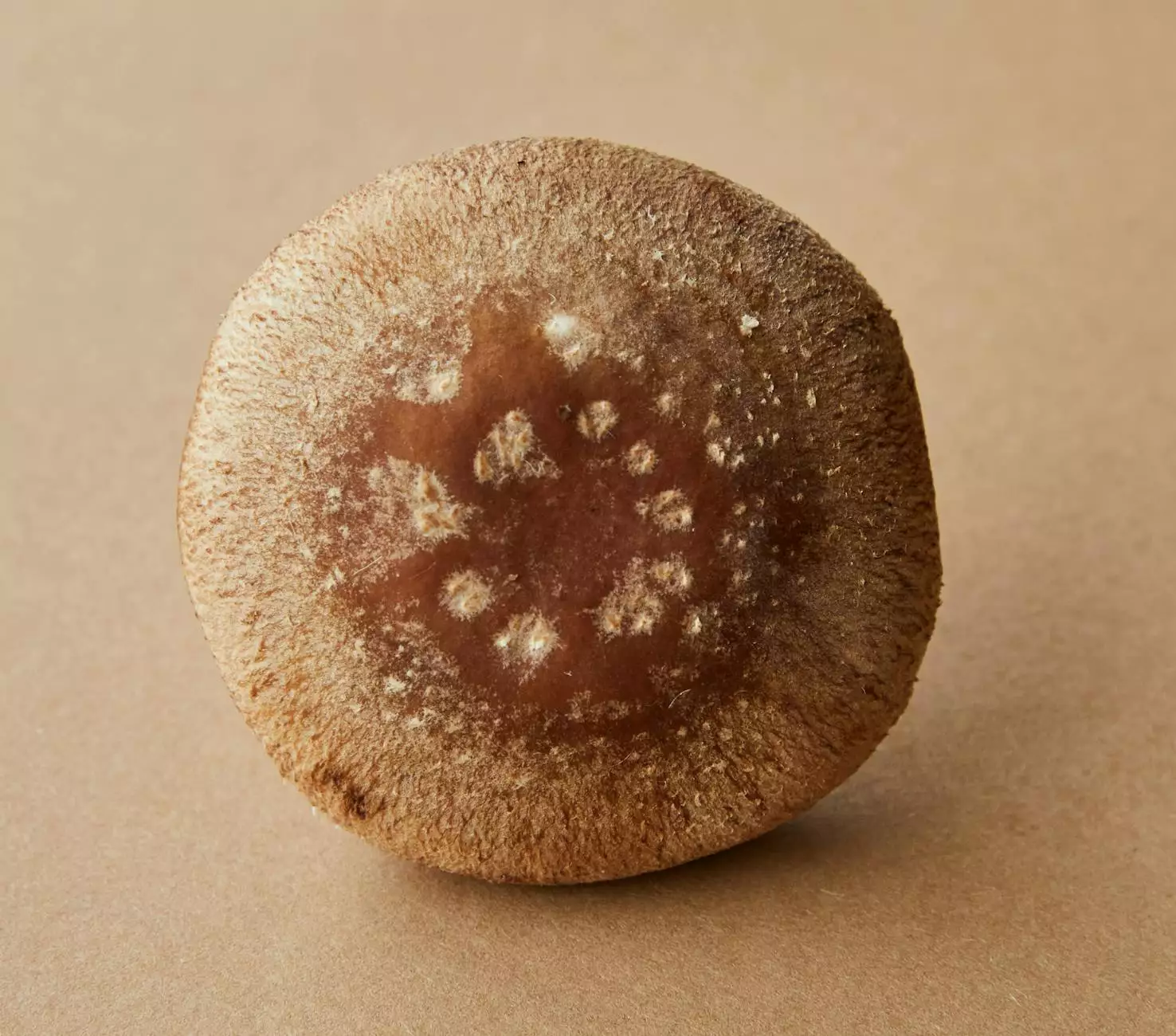War Paint: Discover the Art and History
Book Reports
Introduction
At The Knowledge Nest, we invite you to delve into the fascinating world of war paint. In this article, we explore the history, significance, and cultural impact of this age-old art form. War paint holds a special place in the hearts of communities and societies across the globe, carrying tales of valor, tradition, and identity. Join us as we unravel the intricacies of war paint and delve into its deep-rooted connections to various cultures from around the world.
The Origins of War Paint
War paint has been used by numerous civilizations throughout history as a means of expression, protection, and intimidation. Dating back centuries and spanning continents, war paint holds a significant place in the annals of human civilization. The application of war paint has served as both a practical and symbolic act, representing a warrior's preparedness while also showcasing their affiliation.
The indigenous tribes of North America are renowned for their striking and intricate war paint designs. Each tribe had distinct patterns and colors that carried unique meanings. From the bold reds of the Sioux to the iconic black stripes of the Apache, war paint played an integral role in cultural identity and rituals. It provided warriors with a sense of unity and strength, as well as serving as a powerful psychological weapon against opponents.
The Significance of War Paint
War paint wasn't limited to just indigenous cultures. Ancient civilizations, such as the Maori of New Zealand and the Aztecs of Mesoamerica, also used war paint as a symbol of their warrior culture. These intricate patterns served as a visual representation of their bravery, allegiance, and social status within their respective societies.
Furthermore, war paint has deep roots in spiritual and ceremonial practices. The application of paint often involved rituals and ceremonies, imbuing the wearer with not only physical but also spiritual protection. The designs themselves carried symbolic meanings, often representing animals, natural elements, or spiritual beliefs. War paint was a means of channeling the energies of the warrior and connecting with the spiritual forces believed to aid them in battle.
War Paint as Cultural Heritage
While war paint's historical significance is undeniable, it has also transcended the battlefield and become a powerful symbol of cultural heritage. Today, many indigenous communities continue to honor and preserve the art of war paint, passing down the knowledge and techniques from one generation to the next.
At The Knowledge Nest, we celebrate this rich heritage by providing a platform for learning and exploration. We are committed to sharing the stories, traditions, and techniques of war paint with our community. The preservation of such customs ensures that future generations can appreciate and understand the importance of this ancient art form.
Exploring War Paint at The Knowledge Nest
Join us at The Knowledge Nest as we dive deeper into the world of war paint. Our expert researchers and historians bring you comprehensive articles, interviews, and visuals that shed light on the cultural aspects, techniques, and symbolism associated with war paint.
Whether you're an enthusiast or an academic, our extensive collection of resources will provide you with a unique insight into this ancient practice. Discover the tribal traditions, historical contexts, and contemporary adaptations of war paint across different cultures and time periods.
Conclusion
War paint serves as a tangible connection to our ancestors, reminding us of their valor, struggles, and cultural legacies. By exploring the art and history of war paint, we gain a deeper appreciation for the profound impact it has on communities and societies around the world. At The Knowledge Nest, we are dedicated to preserving and sharing this knowledge, ensuring that the significance of war paint continues to resonate with generations to come.










